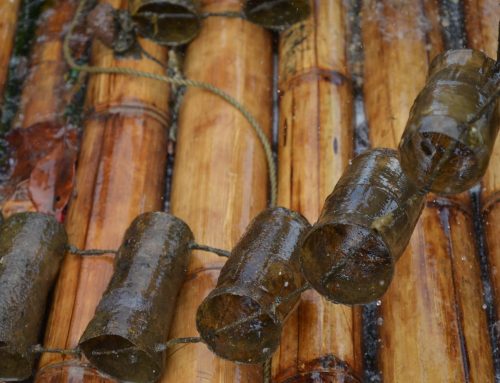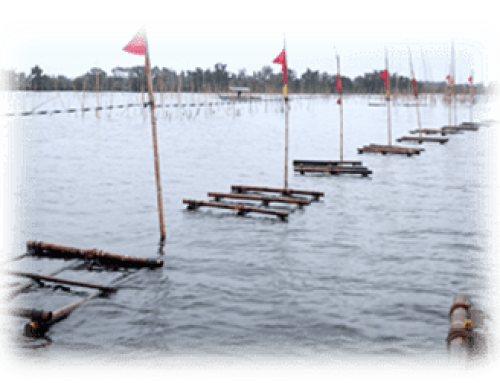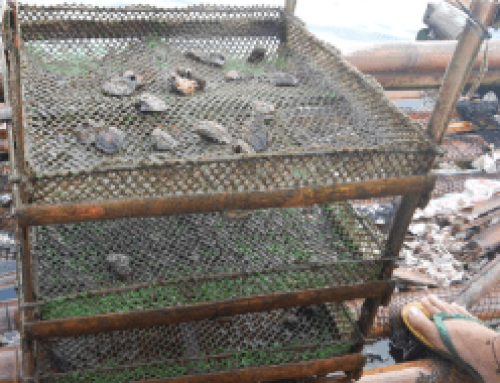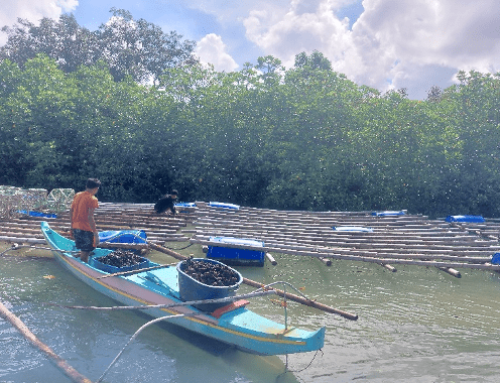In this Article

Studies on genetic structure of populations and its morphological association are important to advance oyster farming. This study was focused to look at the genetic structure of Crassostrea iredalei populations in the Philippines using microsatellite markers through optimization of the identified five loci. This project was conducted in 5 Provinces, Iloilo, Aklan, Capiz, Negros Occidental and Samar. The microsatellite markers generated from farmed oysters in Western Visayas helped identify the quality (in terms of meat size, palatability, growth and survival) of oyster in different growing areas.
C. iredalei populations in Visayas showed little genetic differentiation implying marginal substructuring among populations. Deviations of loci from Hardy-Weinberg equilibrium were attributed to heterozygote excess as estimated by its allele frequencies, and as exhibited from the population-loci negative inbreeding coefficients. A positive correlation of the condition index with observed heterozygosity in contrast with its homozygosity denotes the importance of enabling adaptation and survival of natural populations in a changing environment. Lastly, probable polyploidy evidence of the species, mutational dynamics of microsatellites, and the revealed negative inbreeding coefficients inflict impacts to natural selection generating heterozygote advantage to attain fitness.








